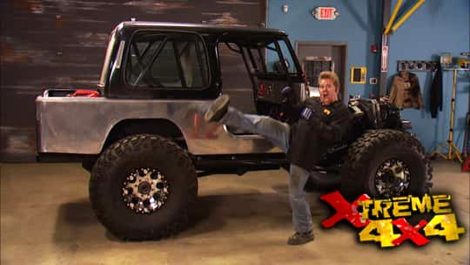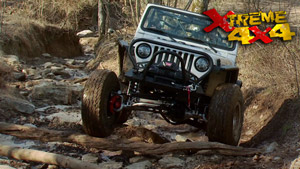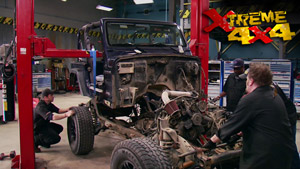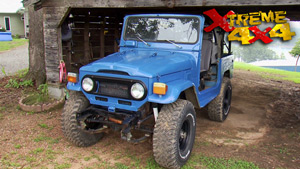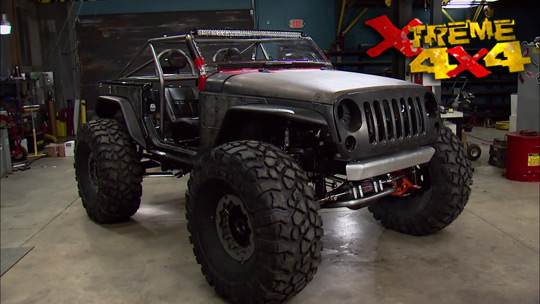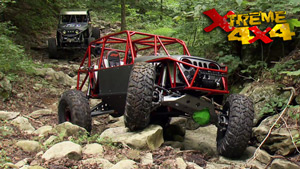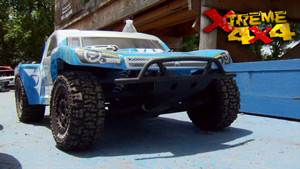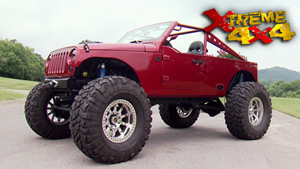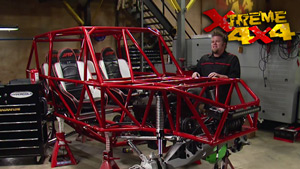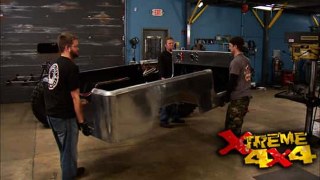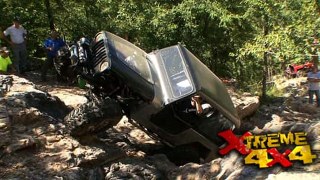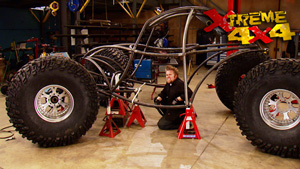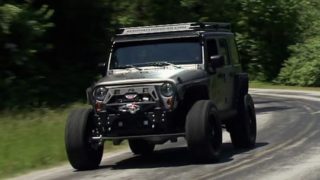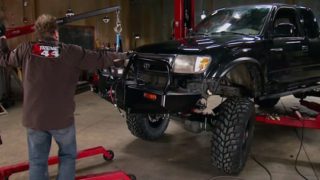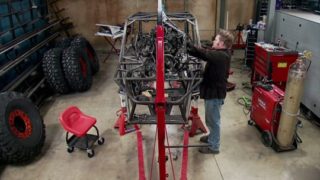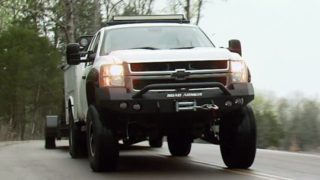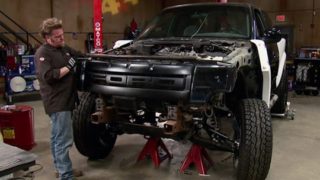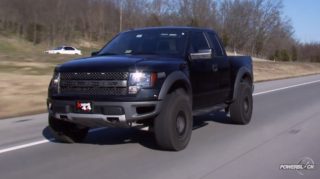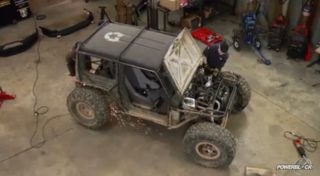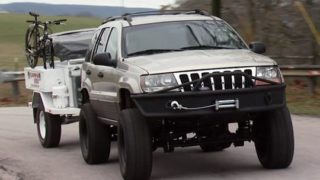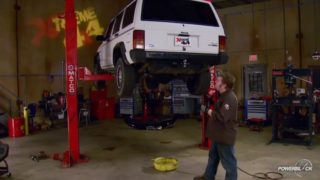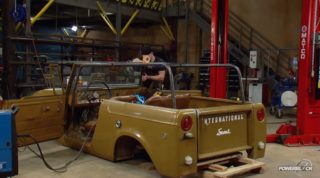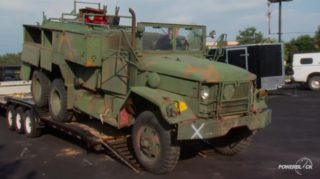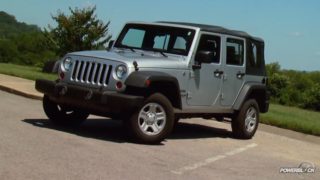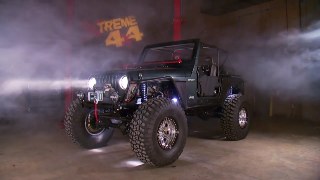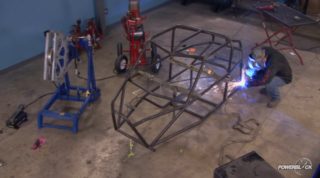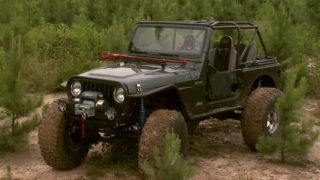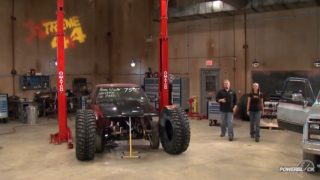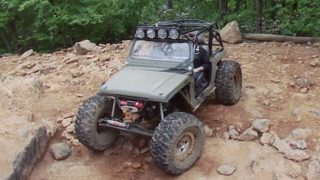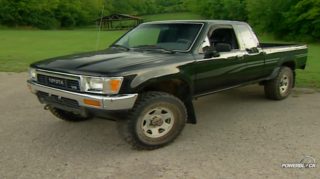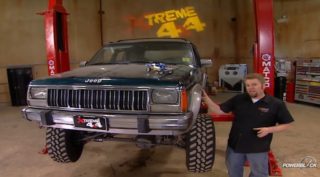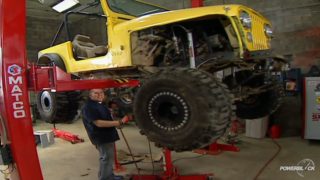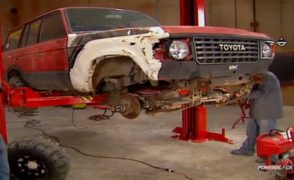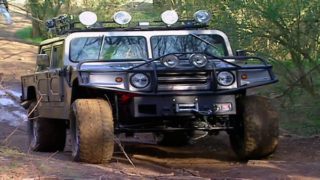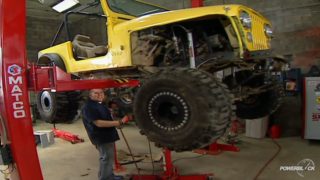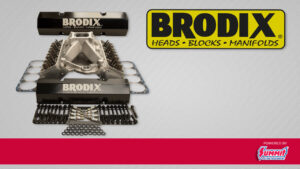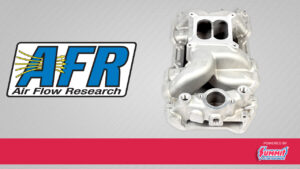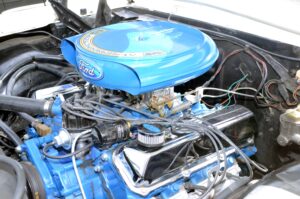More CJ8 Scrambler Episodes
Xtreme 4x4 Builds
Want more content like this?
Join the PowerNation Email NewsletterParts Used In This Episode
Auto Meter
COBRA Vintage Sport Series speedometer, tachometer, water temperature, fuel level, oil pressure, & fuel level sending unit.
Currie Enterprises
The Currie anti-rock Sway Bar provides balanced performance of front and rear suspension for rugged off-road conditions. It gives the driver increased traction by balancing and distributing the weight over all four tires. The Antirock┬о Off-Road sway bar is designed to replace the stock Jeep sway bar.
Dupli-Color
Dupli-Color Truck Bed Coating. Dupli-Color Aerosol Truck Bed Coating. Dupli-Color Truck Bed Coating Roller Kit.
Lokar
Hi-Tech Trans Dipstick TH-400 Firewall Mount, Flexible Engine Dipstick SB Chevy 1980 & later, Hi-Tech TH-400 Electric Kickdown, Throttle pedal assembly.
Made For You Products
Designed for the requirements of professional racing and hi-performance applications, where strength and light weight are critical. Each kit contains larger sized T-Clamps (from 7/16" to 15/16") for mounting braided pressure lines, hoses, and cables.
QA1
With over 5,000 sizes, styles and materials in QA1 rod ends to choose from, QA1 manufactures a rod end for virtually every application.
Russell Performance
1-1/2" Fuel pressure guage, Proclassic hose, Proflex hose, full flow hose ends, full flow swivel hose ends, adapter fittings.
C & M Performance Machine
Machined finned aluminum covers for transfer case.
Davey’s Jeeps & Parts
Used pedal assembly and Brake booster/master cylinder unit.
Doc's Blocks
Custom radiator and fan package with custom radiator cap.
Got Propane?
Dual fuel kits for carbureted V-8 and V-6 motors.
J.E. Reel Drive Line Specialists
Custom built fully balanced DOM driveshafts. Rear shaft upgraded with Cornay CV joint assembly to prevent vibrations and provide longer life.
Monster Transmission and Performance
Custom built turbo 400 transmission, with upgraded components and low stall speed converter.
Nitro-Plate
Coating of exhaust pipe and muffler sysytem.
O'Reilly Auto Parts
Replacement oil pan.
PSC Motorsports
Full hydraulic steering kit. 2.5 Ram with orbital valve, steering linkage, hi flow pump, and reservoir.
Sniper Fabworks LLC
U-Weld bumper kit, ready to weld winch bumper kit all pieces precut and bent.
